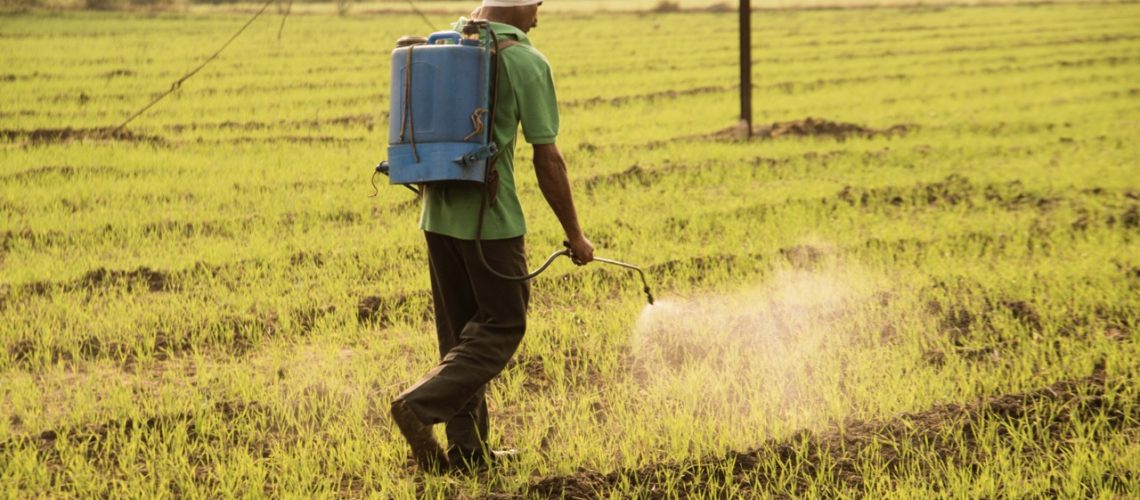Farming is one of the ancient work human beings have undertaken and continue till date. However, with time, some processes followed have become dated and a need to replace them with better and innovative ideas arises. Much of it took place to increase production so that the demand can be fulfilled.
However, even in 21 st century, when phones are said to be smarter than humans, farmers are dependent on a seasonal phenomenon called monsoon that decides whether they can afford to saw their crop or not. There is an urgent need to up the game in Indian agriculture which can both feed its own people and export to other countries.
Smart farming technologies to help
Estimates show that about 80 per cent farmers in the US use one or more smart farming technology while in Europe this share is 24 per cent. 1 Smart farming technologies refer to a suite of modern Information and Communication Technologies (ICT) such as precision equipment, sensors and actuators, the Internet of Things (IoT), Big Data, geo-positioning systems, Unmanned Aerial Vehicles (UAVs, drones), robotics, etc. that understands the need of farmers and enable them adopt suitable measures.
Artificial intelligence (AI) offers freedom from speculating rain and sunshine by predicting right conditions with precision. It comprises one of the basic aspects of precision agriculture (PA) to boost productivity and in turn, farmers’ income. Together, these technologies promote precision decision- making and increase productivity of the crops. Several multilateral organizations that have studied other developing nations of the world have suggested smart farming technologies as one of the measures to improve agricultural output in India as well.
Smart farming technologies can measure the impedance rate of the soil, its moisture, water retention, nitrogen, phosphorus, potassium values and nutrient migration. At the crop level, these technologies help to assess chlorophyll, susceptibility, plant level temperature and humidity. Armed with such information, farmers can identify the need and use the correct kind and amount of crop augmenting measure. Smart technologies are important to measure everything above the soil as well, such as weather conditions including ambient temperature, humidity, dew point rainfall, etc. In a data- deficient country like India, smart farming technologies can help generate it and store for historical purposes. The records are stored today, based on which the farmer acts, and these will be available at a later date too. Gathering precise data along with the nature of concern for a specific region can be done more quickly than before.
Predicting pest attack for better planning
The recent locust attack and prediction of such attacks in near future has made creating a pest attack prediction model leveraging AI and machine learning a necessity. Common pest attacks, such as those by Jassids, Thrips, Whitefly, and Aphids can pose serious damage to crops and impact crop yield. To be able to indicate the risk of pest attack in advance can help in implementing protective measures. To enable farmers take preventive action and guidance on the probability of attacks will save losses.
Predictive insights on the possibility of pest infestation will help farmers to plan, adopt pre-emptive GHB measures and reduce crop loss due to pest attacks. Using smart technologies, the International Crop Research Institute for the Semi-Arid Tropics (ICRISAT), a non-profit organization, has initiated sowing advisories and disseminate them among farmers until the harvesting is complete. These advisories contain essential information including the optimal sowing date, farm yard manure application, seed treatment, soil test-based fertilizer application, optimum sowing depth, etc. Shifting weather patterns such as increasing temperature, changes in rain patterns and measurement, as well as ground water density can affect farmers, especially those who cultivate unirrigated lands and depend on rains for their crops. Leveraging the cloud technology and AI to issue advisories for sowing as well as predict pest control and commodity pricing is a major move that can increase income of farmers. To indicate the risk of pest attacks based on weather conditions and crop stage, in addition to the sowing advisories, is an assistance long overdue for the farmers.

